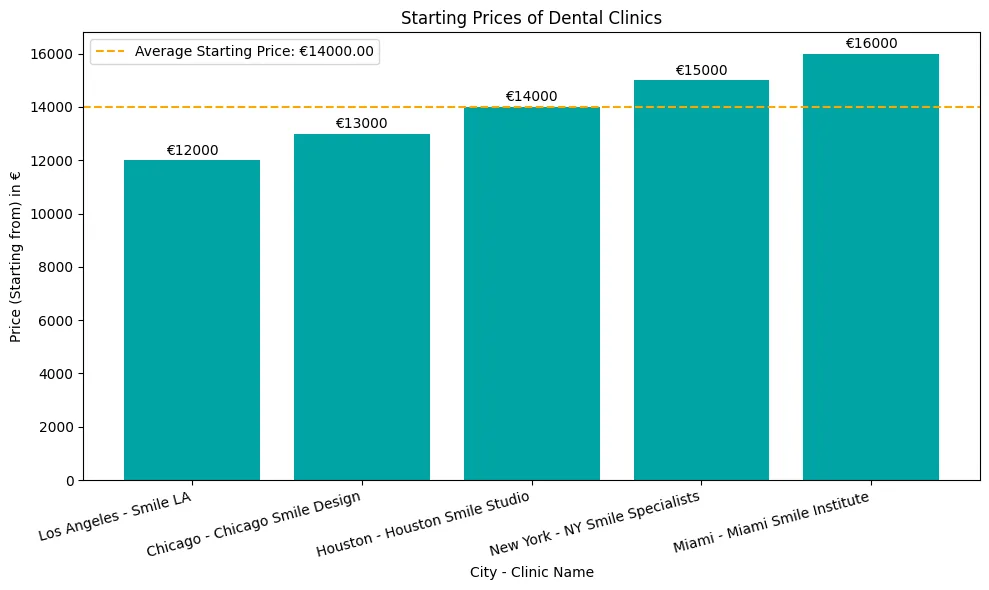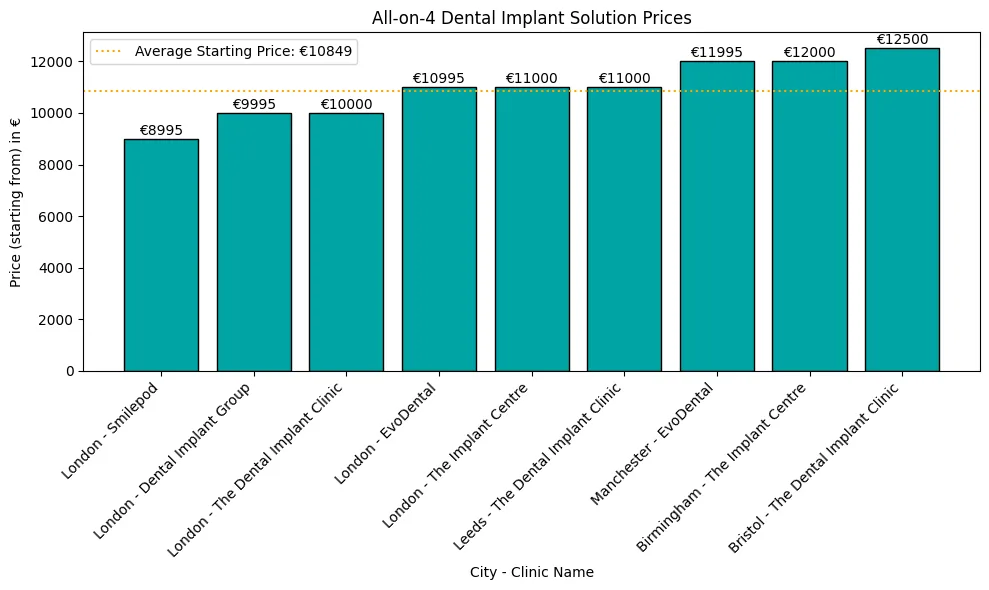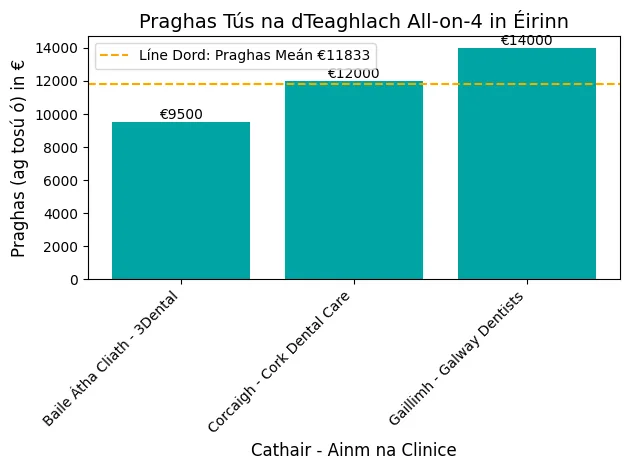Historia e implantet dentare është një histori e gjatë dhe është një histori e teknologjisë dhe anatomisë.
Nëse jeni kurioz se si implantet dentare kaluan nga materialet e lashta në titan modern, historia fillon mijëra vjet më parë.
Cila është historia e implanteve dentare?
Historia e implanteve dentare ka evoluar gjatë mijëra viteve, nga kunjat e lashta prej bambuje dhe metali deri te implantet moderne të titanit dhe zirkonit. Zbulimi i osseointegrimit nga Dr. Brånemark në 1952 çoi në implantin e parë të suksesshëm të titanit në 1965. Sot, implantet krenohen me shkallë të lartë suksesi, qëndrueshmëri dhe kushtojnë nga 3,000 deri në 5,000 € në Evropë.
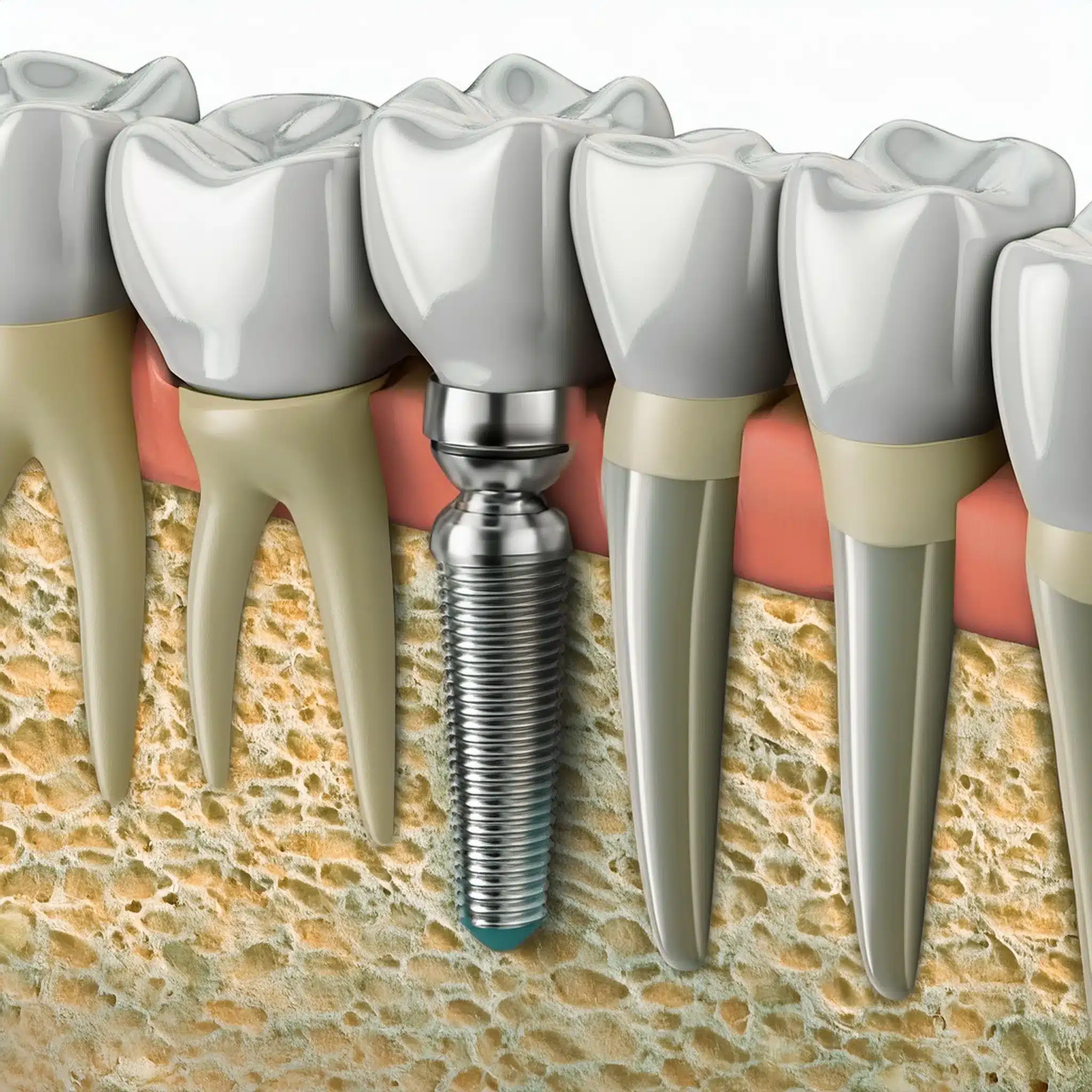
Përpjekjet e hershme të zëvendësimit të dhëmbëve
Përpjekjet e hershme për zëvendësimin e dhëmbëve Implantet dentare kanë një histori të gjatë, me përpjekje të hershme për zëvendësimin e dhëmbëve që datojnë mijëra vjet më parë.
Qytetërimet e lashta ishin mjaft të shkathët në qasjet e tyre ndaj restaurimit të dhëmbëve.
Inovacionet e lashta
Kinë: Rreth 4000 vjet më parë, kinezët përdorën kunja bambuje për të zëvendësuar dhëmbët që mungonin. Kjo ishte një përpjekje e hershme për protetikën e dhëmbëve, por jo shumë e qëndrueshme.
Egjipt: Egjiptianët përdorën metale të çmuara dhe fildish për restaurimin e dhëmbëve. Këto materiale i shërbenin një qëllimi funksional, por gjithashtu tregonin pasurinë dhe statusin e individit. Fildishi në veçanti është përdorur për të imituar pamjen e dhëmbëve natyralë.
Qytetërimi Maja: Majat ishin të parët që përdorën implantet dentare, duke përdorur predha për të zëvendësuar dhëmbët e humbur që në vitin 600 pas Krishtit.
Kjo përfshinte futjen e predhave në kockën e nofullës, një pararendës i teknikave moderne të implanteve (1).
Mesjeta
Etruskët dhe Fenikasit: Gjatë mesjetës etruskët dhe fenikasit bënë njëfarë përparimi në restaurimin e dhëmbëve.
Ata përdorën shirita ari dhe fildishi për të krijuar ura dhe kurora të thjeshta dentare. Kjo ishte më e avancuar se përpjekjet e mëparshme dhe i dha stabilitet dhe estetikë më të mirë.
Evropa mesjetare: Praktikat dentare në Evropën mesjetare ishin themelore.
Por kishte disa raste të përdorimit të dhëmbëve të kafshëve ose kockave të gdhendura si zëvendësim për dhëmbët e njeriut.
Këto ishin eksperimentale dhe kryesisht dështuan.
Këto përpjekje të hershme hapën rrugën për zhvillimet e ardhshme në implantologjinë dentare.
Megjithëse materialet dhe teknikat ishin primitive sipas standardeve të sotme, ato ishin fillimi i një historie të gjatë të restaurimit dentar.
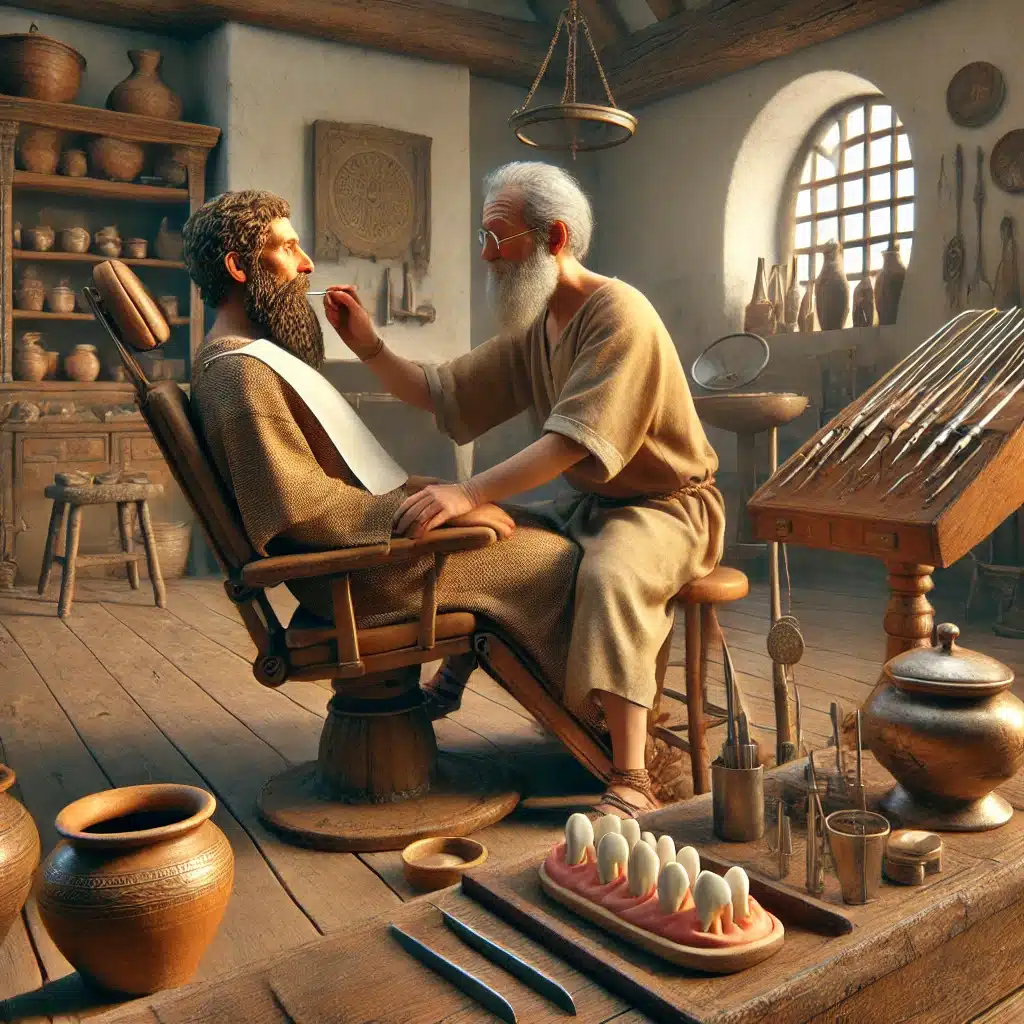
Shekujt 18 dhe 19
Shekujt 18 dhe 19 Shekujt 18 dhe 19 panë zhvillime të mëdha në implantologjinë dentare të nxitura nga eksperimentimi dhe kërkimi i materialeve më të mira.
Lidhjet e metaleve
Gjatë kësaj periudhe aliazhet metalike u përdorën në procedurat dentare.
Përpjekjet e hershme ishin duke përdorur arin dhe metalet e tjera për të krijuar implante dentare.
Edhe pse ata shpesh dështuan, këto eksperimente ishin të rëndësishme për të kuptuar kufizimet dhe mundësitë e metalit në aplikimet dentare.
Implante ari: Ari ishte një nga metalet e para të përdorura për shkak të biokompatibilitetit dhe rezistencës ndaj korrozionit.
Por ishte shumë i butë për t'u përdorur për një kohë të gjatë në implante dhe shpesh dështonte.
Platini dhe plumbi: U provuan gjithashtu metale të tjera si platini dhe plumbi.
Këto ishin më të forta se ari, por toksike dhe nuk integroheshin mirë me indin kockor.
Kërkime Pioniere: Studiuesit e asaj kohe si John Hunter dokumentuan gjetjet e tyre mbi përdorimin e metaleve në restaurimin e dhëmbëve.
Puna e tyre hapi rrugën për materialet e ardhshme të implantit (1).
Këto eksperimente mund të kenë qenë të përafërta, por ishte një hap drejt zgjidhjeve më të besueshme dhe më të qëndrueshme.
Mësimet nga këto eksperimente të hershme u aplikuan në zhvillimet e mëvonshme, veçanërisht fokusi në materialet biokompatibile që mund të integrohen me kockën e njeriut.
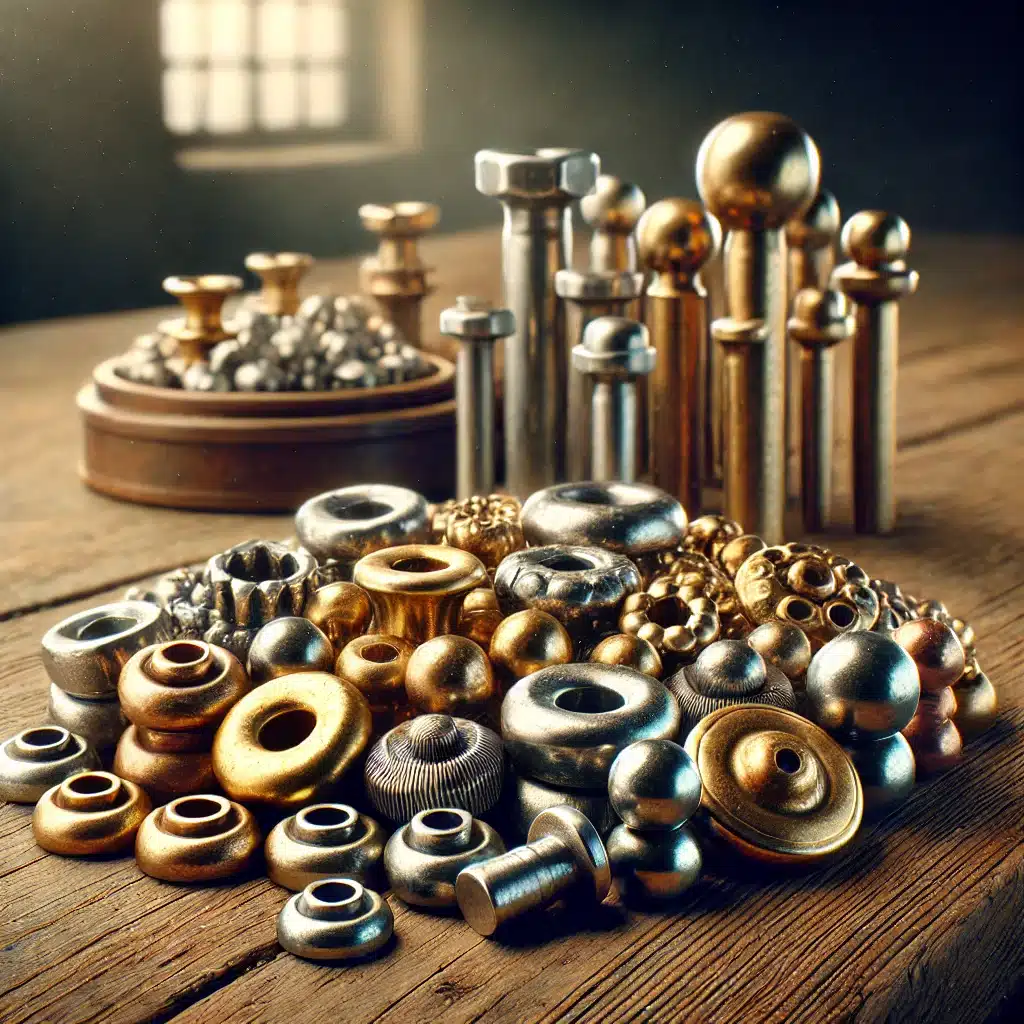
Shekulli i 20-të: Implantet moderne
Shekulli i 20-të: Implantet moderne Shekulli i 20-të ishte një ndryshim i lojës alternativat e implanteve dentare, me zbulime të mëdha dhe përparime teknologjike që hodhën themelet për praktikat moderne.
Oseointegrimi
Në vitin 1952 Dr. Per-Ingvar Brånemark bëri një zbulim të madh që ndryshoi implantologjinë dentare: osseointegrimin.
Kjo është lidhja e drejtpërdrejtë strukturore dhe funksionale midis kockës së gjallë dhe sipërfaqes së një implanti artificial që mban ngarkesë.
Zbulimi aksidental i Brånemark ishte gjatë një studimi mbi shërimin dhe rigjenerimin e kockave, ku ai zbuloi se dhomat e titanit ishin lidhur me indin kockor të këmbës së një lepuri (1).
Ky ishte fillimi i biokompatibilitetit të titanit dhe përdorimi i titanit në implantet dentare.
Ndikimi në implantologjinë dentare: Oseointegrimi lejoi që implantet të ankorohen në kockën e nofullës, duke e bërë atë më të qëndrueshme dhe jetëgjatë.
Provat klinike: Provat klinike fillestare treguan shkallë të lartë suksesi, shumë pacientë përjetuan përmirësim të funksionit oral dhe cilësisë së jetës.
Implanti i parë i titanit
Implanti i parë dentar me titan u vendos në vitin 1965 dhe lindi një epokë e re në teknologjinë e implanteve dentare.
Kjo u bë nga vetë Dr. Brånemark, i cili implantoi një pajisje titani në nofullën e një pacienti.
Implanti u integrua në kockë dhe u ngjit një dhëmb protetik.
Afatgjatë: Pacienti e mbajti implantin për mbi 40 vjet (2).
Përdorimi i gjerë: Pas kësaj, implantet e titanit u bënë të njohura në komunitetin dentar dhe u bënë më shumë kërkime për të përmirësuar dizajnin dhe materialet e implanteve.
Këto zhvillime në shekullin e 20-të hodhën themelet për implantologjinë moderne dentare dhe u dhanë pacientëve zgjidhje të besueshme dhe afatgjata për zëvendësimin e dhëmbëve.
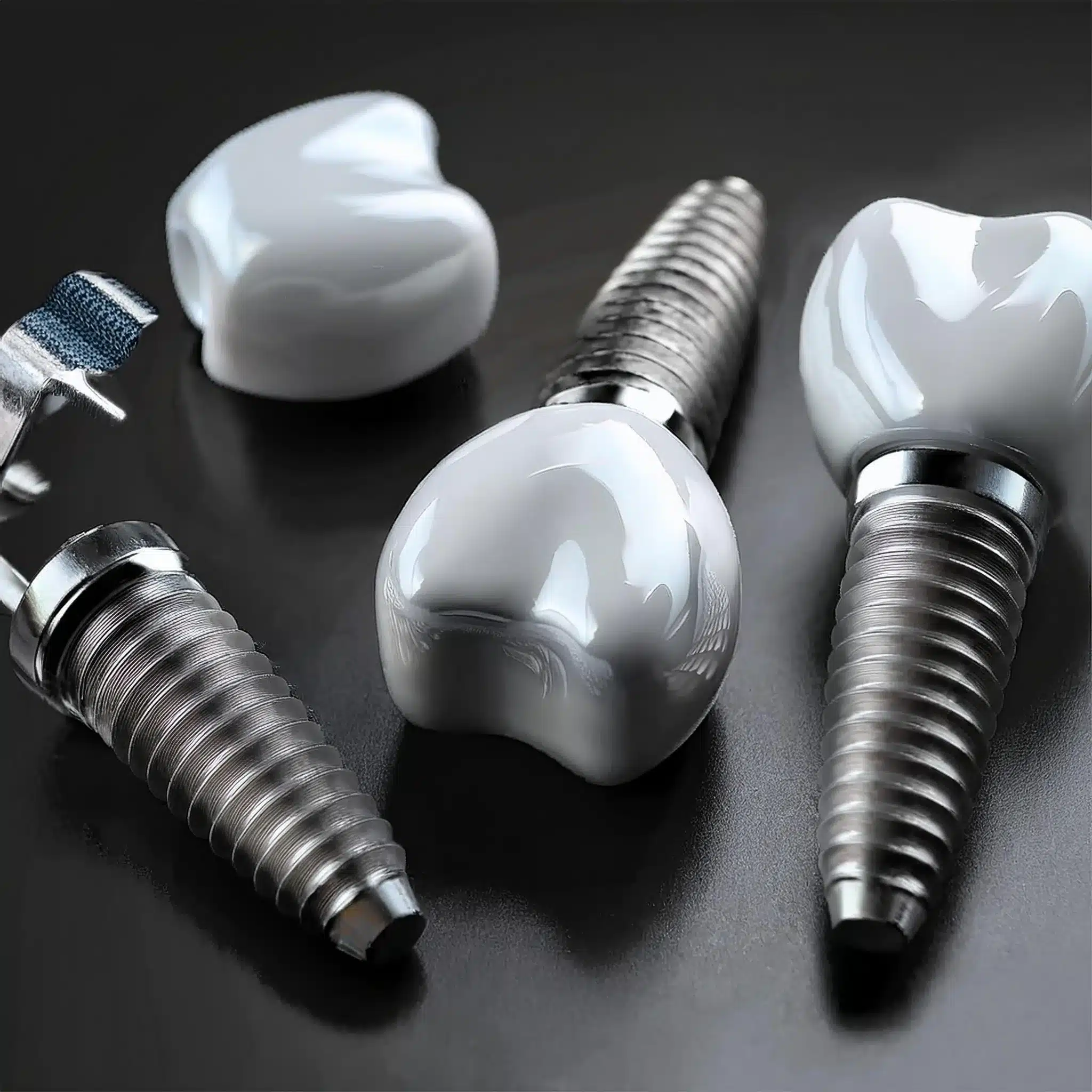
Inovacionet dhe teknologjitë moderne
Inovacionet dhe teknologjitë moderne Epoka moderne e implanteve dentare ka të bëjë me inovacionin dhe përsosjen e teknikave dhe materialeve për rezultate më të mira për pacientët.
Materialet dhe Dizajni i Implantit
Vitet e fundit ka pasur përmirësime të rëndësishme në materialet dhe dizajnin e implantit.
Fokusi është në stabilitetin, biokompatibilitetin dhe estetikën.
Implantet e Zirkonisë: Zirkoni është bërë një alternativë popullore ndaj titanit për shkak të ngjyrës së saj të ngjashme me dhëmbët dhe biokompatibilitetit të shkëlqyer.
Studimet kanë treguar se implantet e zirkonisë kanë shkallë të ngjashme suksesi me titanin me përfitimin e shtuar të akumulimit të reduktuar të pllakës (1).
Ndryshimet e sipërfaqes: Përparimet në teknologjinë sipërfaqësore kanë çuar në zhvillimin e implanteve me osseointegrim më të mirë.
Teknikat si pastrimi me rërë dhe gdhendja me acid rrisin sipërfaqen dhe promovojnë integrimin më të shpejtë dhe më të fortë të kockave.
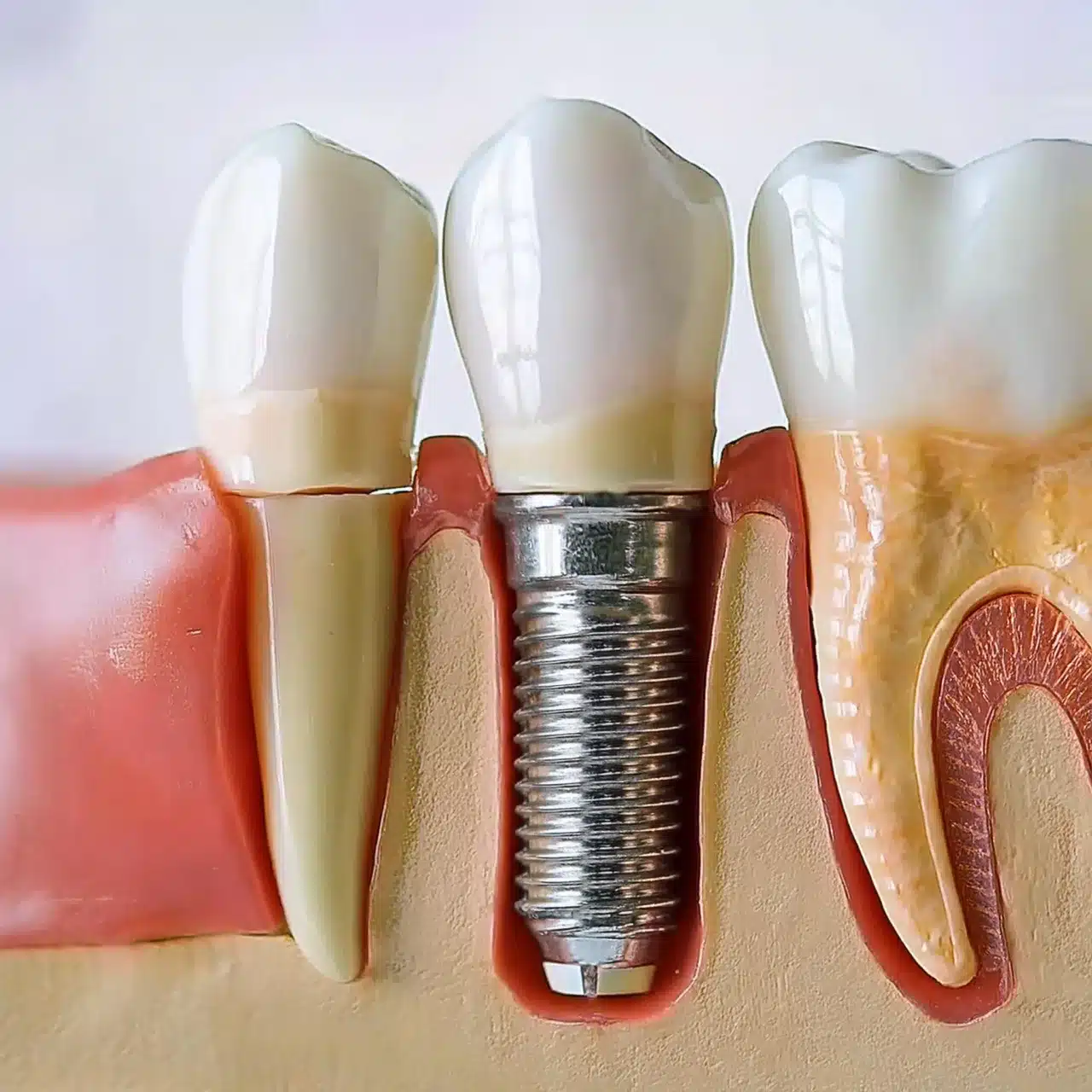
Praktikat dhe teknologjitë aktuale
Implantologjia moderne dentare përdor teknologjitë dhe praktikat më të fundit për të përmirësuar rezultatet dhe efikasitetin e pacientit.
Imazhe dixhitale: Imazhe dixhitale dhe kirurgjia e drejtuar nga kompjuteri ka ndryshuar mënyrën e vendosjes së implanteve. Këto teknologji ofrojnë matje dhe vizualizim të saktë dhe reduktojnë kohën e operacionit.
Ngarkimi i menjëhershëm: Protokollet e ngarkimit të menjëhershëm ku implantet vendosen dhe restaurohen në një vizitë po bëhen të njohura.
Kjo jep një kohë më të shpejtë restaurimi dhe kënaqësi më të mirë të pacientit.
Teknika minimale invazive: Përparimet në teknikat kirurgjikale kanë çuar në zhvillimin e procedurave minimalisht invazive që reduktojnë shqetësimin e pacientit dhe përshpejtojnë shërimin.
Kirurgjia pa flapless dhe qasja me vrima çelësi po fiton popullaritet për përfitimet e saj në reduktimin e kohës së rikuperimit dhe komplikimeve pas operacionit.
Këto risi dhe teknologji moderne janë përpjekje e vazhdueshme për të përmirësuar implantologjinë dentare dhe për t'i dhënë pacientëve kujdesin më të mirë me teknologjinë dhe materialet më të fundit.
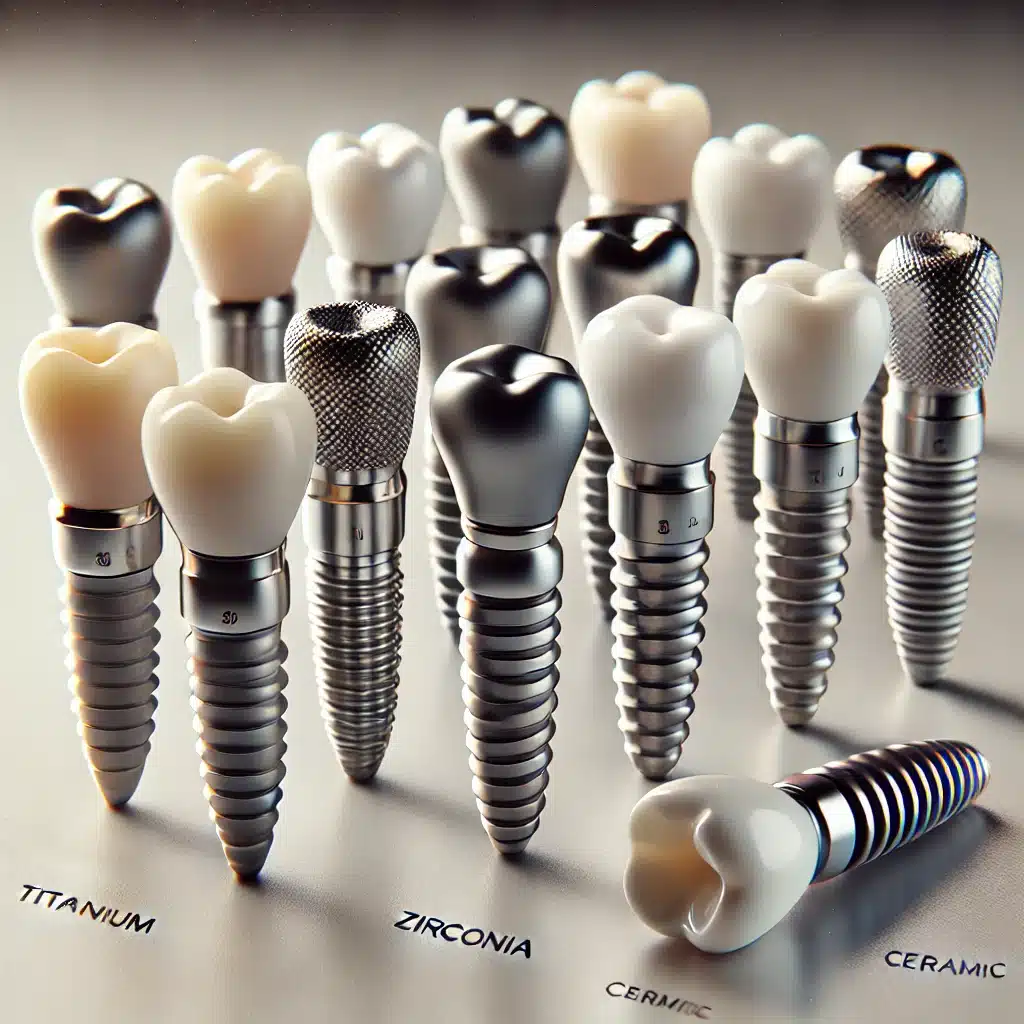
Përfundim & Çështje kryesore
Përfundime dhe pika kryesore:
Historia e implanteve dentare është një histori e zgjuarsisë njerëzore dhe kërkimit për një shëndet më të mirë oral.
Nga kunjat dhe predha bambuje të qytetërimeve të lashta deri te zbulimi i osseointegrimit dhe implanteve të titanit, çdo epokë ka kontribuar në zhvillimin e implantologjisë dentare.
Zhvillimet moderne po i bëjnë implantet më efektive dhe të besueshme për pacientët në mbarë botën.
konkluzioni
Në përmbledhje, historia e implanteve dentare është një histori e përparimit shkencor dhe përparimeve teknologjike, për zëvendësimin e dhëmbëve sot.
FAQ
Referencat
Rutkowski JL, et al. Ndjekja afatgjatë e një pacienti me sëmundjen e Parkinsonit nën kujdesin infermieror pas zëvendësimit të protezave fikse të mbështetura me implant me një mbidenturë implantuese: një raport rasti. Int J Implant Dent. 2023; 9:1-10.
Neni: Ndjekja afatgjatë e një pacienti me sëmundjen e Parkinsonit nën kujdesin infermieror pas zëvendësimit të protezave fikse të mbështetura me implant me një mbidenturë implantuese: një raport rasti
Cho JM, etj. Terapia afatgjatë me steroide dhe trajtimi me Denosumab që çojnë në osteonekrozë të nofullës të lidhur me mjekimin peri-implant: një raport rasti. J Dent Implant Res. 2024; 43 (3): 27-32.
Neni: Terapia afatgjatë me steroide dhe trajtimi me Denosumab që çojnë në osteonekrozë të nofullës të lidhur me mjekimin peri-implant: një raport rasti
Amin OA, et al. Vlerësimi i qëndrueshmërisë së implanteve hidroksiapatite të veshura me nano të ngarkuara herët në maksillën e pasme. J Dent Implant Res. 2024; 43 (1): 1-8.
Neni: Vlerësimi i qëndrueshmërisë së implanteve hidroksiapatite të veshura me nano të ngarkuara herët në maksillën e pasme

